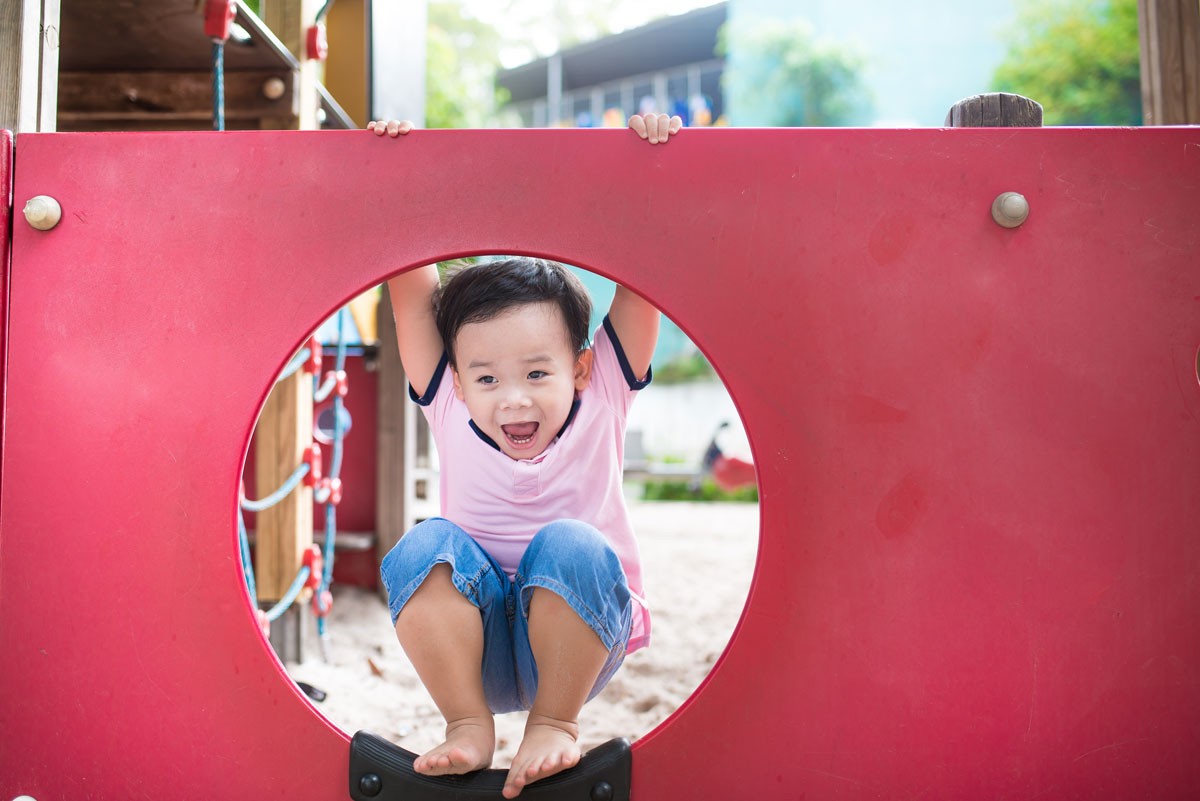Put down the flash cards!
When I was the director of a preschool, parents of prospective students would often ask about our curriculum. I would explain that we covered the basics: shapes, colors, and social skills. As a child got older, and if they showed readiness, we would introduce letters, numbers, patterns, etc. Most parents were pleased with this information. Occasionally, I would meet a parent who wanted something more “rigorous.” They would inquire about flash cards and drills. I would tell them that children learn through play and social interaction and that flash cards are not needed or, quite frankly, wanted. Many of these parents were not satisfied with my answer, and some would take their child elsewhere. But study after study indicate that children learn a considerable amount through ordinary, but carefully thought-out, playtime activities; activities that a busy Solo Mom could certainly replicate at home. So please put away those flash cards, and let’s play:
Literature-rich environments
Label things. Everything. Start small and work your way up—start with “TV” and then “bowl” for the cat’s water dish. Visitors may find it strange that you have Post-it notes on many of your household items, but this is the beginning of language. Children need to first realize that these cryptic symbols actually have meaning! Realizing that a written word actually means something is vastly more important than being able to recite your ABC’s.
Develop Cognitive Concepts
This sounds complicated, but it isn’t. You probably do this in the course of your everyday life. When you grocery shop, point out that you are buying a “yellow banana” or “three cans of soup.” Count the cans as you put them in your cart. Count the steps that you walk up to get into the apartment. Opportunities for helping young children learn present themselves all the time.
Puzzles and patterns
Early math skills involve tackling puzzles and patterns. Use anything you have around the house to make patterns. Maybe socks: one black sock, one black sock, one white sock. Ask your child what sock they think may come next. Patterning is probably more appropriate for four-year-olds, but many three-year-olds enjoy the activity too. Puzzles are also great for early problem-solving skills. You may have to show your child how a puzzle “works” the first few times they see one, but most children enjoy putting the pieces in place. For toddlers, start with shape puzzles . . . they can only be put together one way and give you an opportunity to teach them their shapes. As your child gets better at the puzzles, get them more difficult ones. Some small children may work at a puzzle for 20 minutes, but most will move on after about 10.
Drawing
Let your child draw you a picture. Notice I didn’t say coloring. Although some kids love to color, free drawing is a more useful tool for learning. Try to get your child to hold the crayon or marker correctly, but don’t get too worked up about it. Have them draw you a picture then tell you all about it. This is when things get interesting! I have heard both heartbreaking and hilarious stories from children who were explaining their scribbles to me. Do not prompt your child when s/he is explaining. It’s fine to ask, “What’s this?” at a specific figure in their drawing, but don’t ask, “Is that mommy?” This activity increases a child’s vocabulary, helps them develop storytelling skills, and is often very insightful.
Don’t always let your child win . . . or go first
I know. It is way easier to let your child win or go first. You have had a long day and a pouting, upset toddler is the last thing you need. But you do your child a tremendous service by teaching them to wait and teaching them to lose. Young children are naturally self-centric; it is the nature of the beast. An occasional reminder that the world doesn’t revolve around them is a necessity to early childhood education. And it can be a hard one to teach at home. So maybe next time you sit down to play pretend, you decide what game you will play first. Be gentle but persistent. Once your child enters school, this skill will become more important.
A busy Solo Mom can be a great teacher to her children once she realizes how to adjust the daily activities she is already doing with her child. You don’t need to clear off the table and pull out the flash cards! Just think a bit about your interactions and find time when you can to add a bit of “schooling” in your day-to-day.
Julia Liu is the daughter of a Solo Mom and has a degree in professional communication. She is the mom to two sons. She has worked in early-childhood education and was the director of a nonprofit private preschool for many years. You can follow her on Twitter at @notaDNB1.
Please feel free to contact us with any comments or questions.









